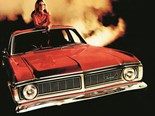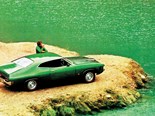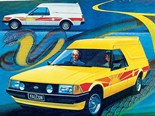Ford Falcon History - FG, FG X, 2008-2016

















|

|

|

|

|

|

|

|
Here's part 7 of our Falcon history - FG & FG X. Historian, motoring author and avowed car tragic Dr John Wright unwraps the history of the Falcon, while workshop guru and ace road-tester Dave Morley give us a drive impression.
The first decade of the new century was marked by a huge decline in demand for ‘traditionally’ sized Australian sedans and wagons and the Falcon was hit hardest. Essentially, the Falcon never recovered from the AU debacle. The AU was a good car, the BA considerably better and, of course, the new generation FG better again. But despite its all-new panels, the 2008 FG Falcon did not look sufficiently different from its precedessor according to many critics. A European five-speed automatic transmission replaced the old BT-R four-speeder. The front end and steering were new with some loss of on-centre sharpness. More importantly for most customers, the ergonomics were significantly improved and the doors opened wider for improved access, especially for rear passengers.
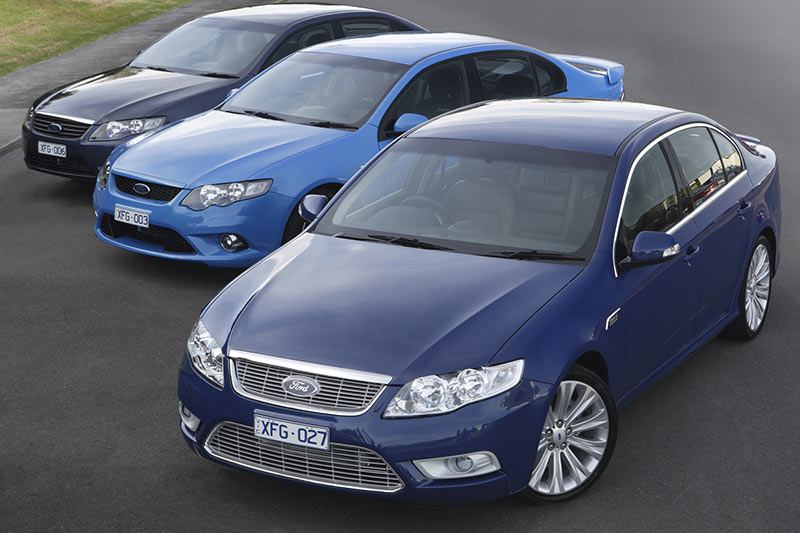
The FG Utes were similar in concept to their successful predecessors but the huge demand for XR6/XR8 and Commodore SS utes as the new late 20th century Australian sports cars was disappearing.
The highline models were renamed G6 and G6E replacing the dated Fairmont and Fairmont Ghia nomenclature. Again, these were excellent cars, too late. In 2012 Ford Australia introduced the turbocharged, direct-injected four-cylinder 2.0-litre EcoBoost range with performance to match the sixes and much improved economy. The market showed little interest and the brilliance of these cars went largely unrecognised. Perhaps the ingrained message that Australia needed six-cylinder or V8 sedans prevented the EcoBoost from gaining cut-through; Ford Australia’s marketing was limp.

November 2014 brought the Falcon’s final facelift. This was the FG X with new, heavy-handed corporate grille and a restyled rear. But sales had already slowed to a trickle, at least partly in response to news of the end of local manufacture. In December 2015 Ford Australia announced its final fling – XR6 Turbo Sprint and XR8 Sprint variants (auto-only for the six and manual or auto for the V8).
John Wright
DRIVING THEM...
Although they looked remarkably similar to the BA/BF models, the new FG and later FG X were, in fact, quite comprehensive remakes. Of course, the sales figures will show that these last two Falcon models were all about niche models, not too surprising when you consider that the traditional massmarket for Falcons had pretty much evaporated.
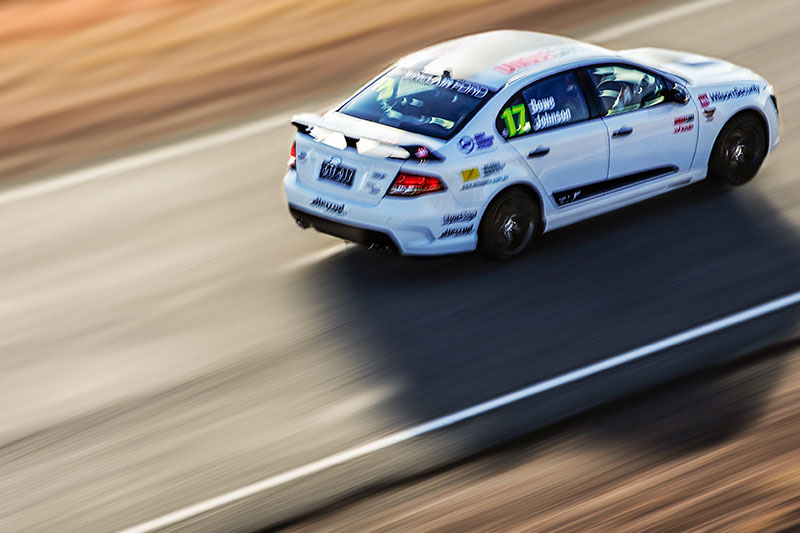
Overall, the FG and FG X were competent but were starting to show their age (there was still a fair bit of BA under them) the steering was even more blunt and the cars felt a bit lumpen and over-fed. In their mainstream form they were simply outgunned by what Holden was offering.
So what about those niche models? Well, the last hurrah for the FG X was the XR6 Turbo Sprint and XR8 Sprint, the latter using the supercharged version of the Coyote V8 for loads of performance and grunt. But get this: The Turbo was even faster in a straight line. These were both seriously entertaining cars with monster powerplants that were viable if you could live with the elderly chassis dynamics and sub-par interior and driving position (seat too high, steering column too low).
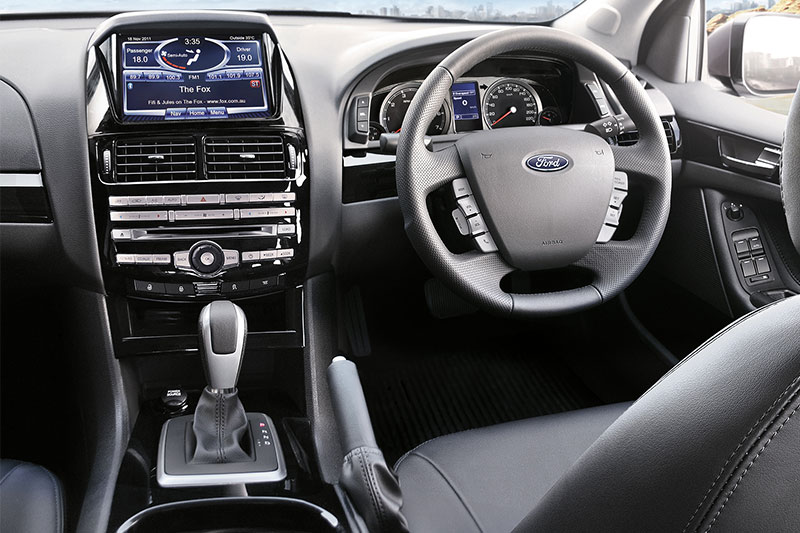
But here’s how you knew the jig was up: The best FG Falcon Ford offered beyond those sporty derivatives was not the six-cylinder version, but the EcoBoost, which used a two-litre turbocharged four-cylinder for plenty of grunt where you needed it and betterthan- decent fuel economy. The reduced weight over the front end suddenly made the EcoBoost steer properly.
Sadly, the buyers didn’t get it, Ford dealers didn’t understand it and the marketing department didn’t get out of bed that day. So the car that could have – should have – saved the day remained completely ignored and help take the rest of Ford Oz down the gurgler with it.
Dave Morley
Unique Cars magazine Value Guides
Sell your car for free right here
Get your monthly fix of news, reviews and stories on the greatest cars and minds in the automotive world.
Subscribe

.jpg)









